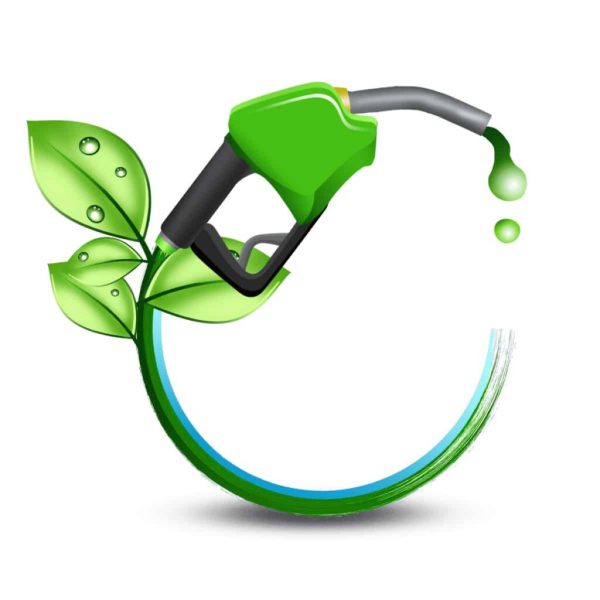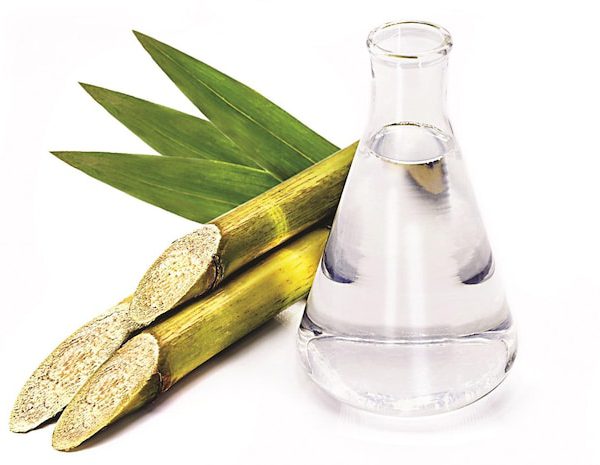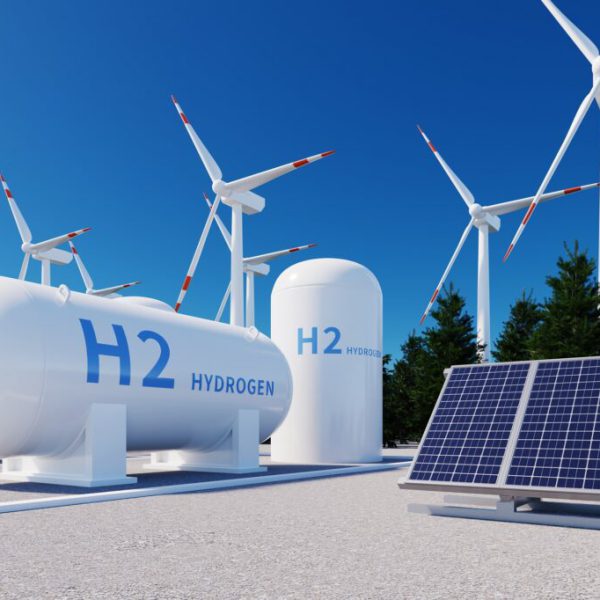Renewable Diesel: Powering Progress Without Compromise
Description: Renewable diesel, also known as hydrotreated vegetable oil (HVO) or green diesel, is a biofuel virtually indistinguishable from its fossil counterpart. Produced from vegetable oils, animal fats, or waste feedstocks like used cooking oil, it undergoes a hydrotreating process to achieve chemical parity with traditional diesel fuel. This results in a clean-burning alternative offering comparable performance, reduced greenhouse gas emissions, and compatibility with existing diesel engines without modification.
Key Source Countries: While production is expanding globally, several key players currently dominate the market:
- Europe (45%): Strong policy support and advanced refining infrastructure make Europe the leading producer. Netherlands, Finland, and France hold significant shares.
- United States (30%): Growing production driven by domestic demand and favorable incentives, concentrated in California and the Gulf Coast.
- Singapore (12%): Major refining hub processing imported feedstocks into renewable diesel for regional and global markets.
- Indonesia (8%): Utilizing palm oil, Indonesia focuses on production expansion and sustainability improvements.
- Malaysia (5%): Palm oil-based production faces challenges with sustainability concerns and market access restrictions.
World Output Volumes: Global renewable diesel production reached approximately 8 million tonnes in 2022, with predictions of sustained growth fueled by environmental regulations, blending mandates, and technology advancements.
Major Producers and Market Share (Excluding Europe):
- Neste (Finland) (15%): Leading global producer with advanced hydrotreating technology and diverse feedstock options.
- Eni (Italy) (10%): European major focusing on feedstock sustainability and expanding production capacity.
- Valero (United States) (8%): Targeting expansion in the US market with investments in renewable diesel facilities.
- World Energy (Singapore) (5%): Active in refining and trading renewable diesel across Asia and beyond.
- PVO International (United States) (4%): Leading producer of renewable diesel from used cooking oil, focusing on sustainability and local feedstock sourcing.
Forms of Trade: Renewable diesel trades primarily in two forms:
- Physical Delivery: Transported via pipelines, tankers, and barges to storage facilities, blending terminals, and fuel stations for direct use in trucks, buses, and other diesel vehicles.
- Futures Contracts: Traded on international exchanges like the NYMEX and ICE, allowing producers, refiners, and traders to manage price risks and hedge against market volatility.
Price Trends (Past 5 Years): Similar to traditional diesel, renewable diesel prices have fluctuated:
- 2018: Prices averaged around $1.20/gallon due to oversupply and competition from traditional diesel.
- 2019: Prices rose to $1.35/gallon due to trade disputes and tightening supply.
- 2020: Prices plummeted to $1.00/gallon due to the COVID-19 pandemic and reduced demand.
- 2021: Prices surged to $2.20/gallon due to a global energy crisis, rising feedstock costs, and supply chain disruptions.
- 2022: Prices remained high, averaging around $1.80/gallon, with fluctuations based on global events and regional dynamics.
Major Importing Countries:
- United States (30%): Strong domestic demand and blending mandates drive significant imports, primarily from Singapore and Europe.
- European Union (25%): Ambitious renewable energy targets and blending mandates fuel import needs.
- Japan (15%): Limited domestic production necessitates imports to meet blending mandates and environmental goals.
- South Korea (10%): Growing demand for cleaner fuels and limited domestic resources lead to imports.
- China (8%): Rising demand for renewable fuels, with potential for increased imports as domestic production develops.
Major Exporting Countries (Excluding Europe):
- Singapore (20%): Major refining hub exporting processed renewable diesel from imported feedstocks.
- Finland (15%): Leading exporter with Neste’s advanced production facilities and global reach.
- United States (12%): Exporting surplus renewable diesel to markets like South Korea and Japan.
- Indonesia (10%): Growing exporter of palm oil-based renewable diesel, addressing sustainability concerns.
- Malaysia (8%): Exporting palm oil-based renewable diesel but facing market access hurdles.
Other Important Aspects for International Traders and Buyers:
- Feedstock Sustainability: Growing focus on ethical sourcing of feedstocks like palm oil, with certifications like RSPO playing a crucial role.
- **Blending Mandates and Incentives





